Intelligence and adjustment: UAV "Orlan-10" in the Special Operation
Since 2010, the Russian army has been using the Orlan-10 multifunctional light-class unmanned aerial vehicles. Equipment of this type can carry various payloads and perform the tasks of aerial reconnaissance, target detection, fire adjustment, etc. During the Special Military Operation, Orlanov-10 crews work almost around the clock and help other units solve their problems.
Special operation
Since the end of February, the Ministry of Defense has been regularly publishing videos of the use of various weapons on enemy targets. Filming of the terrain, the target and the process of its destruction is carried out from the air with the help of reconnaissance drones. Most often, the Orlan-10 product acts as such a means of objective control.
On March 30, the Ministry of Defense spoke about the use of such equipment and the work of its calculations. The agency reports that unmanned systems are on constant combat duty. Calculations carry out launches of their aircraft and solve assigned tasks in different conditions, incl. with active electronic countermeasures from the enemy. Departures are carried out almost around the clock.
The main task of "Orlanov-10" is to conduct reconnaissance at tactical depth in the interests of different branches of the military. According to such reconnaissance, strikes are planned and corrected, and the actions of the troops are coordinated. UAVs also monitor humanitarian processes. They monitor the safety of convoys with humanitarian aid and exit corridors for civilians.
Single episode
The Ministry of Defense also released a video on the use of reconnaissance UAVs and the work of their crews. The video demonstrates the process of preparing the drone for a flight, its launch and flight. Also shown are the operators of the complex at work and the process of visual reconnaissance using optical-electronic means. Real enemy objects, filmed during one of the sorties, got into the frame.
The commander of the complex spoke about one of the recent episodes of combat work. His crew received a call to conduct reconnaissance of one of the nearest settlements, and the UAV was sent to a given area. With the help of standard drone optics, the operator examined the area and found enemy artillery systems. Due to the presence of masking, the search process took approx. 20 minutes.
The operator determined the coordinates of the guns and transmitted the data to a higher command post. Soon a new task came from there: Orlan-10 was supposed to correct artillery fire. Our gunners managed to hit one of the enemy vehicles. The rest at the same time left the position and tried to leave, but the UAV continued to follow them. Thanks to this, it was possible to identify a reserve position, which was hit again - again with correction from the air.
The enemy managed to withdraw part of the equipment from the shelling and again tried to hide. However, at the next stop, its coordinates were again determined and transferred to the artillery. Russian receiver and jet systems delivered the final blow and destroyed the remnants of the unit. The entire sortie for the purpose of searching, tracking, adjusting, etc. took about 3-4 hours and ended with the expected result.
Talking about this sortie, the commander of the complex praised the equipment and his subordinates. In addition, he expressed confidence that the following combat missions would also be successfully completed.
Technical potential
Unmanned aviation the Orlan-10 complex was developed by the Special Technology Center enterprise. Since 2010, it has been mass-produced and massively supplied to the troops. According to various sources, up to several thousand UAVs of this type have been produced to date, and they are the most massive and basic examples of their class in our army.
The main element of the complex is the Orlan-10 aircraft type, built according to the normal aerodynamic configuration. A product with a wingspan of more than 3 m and a mass of 14 kg is capable of carrying up to 5 kg of payload. For ease of use, the device is made collapsible and fits into a container of limited dimensions. The UAV is equipped with a gasoline engine, with which it can reach speeds of up to 130-150 km/h. Flight duration - 15-16 hours.
The launch of the drone is carried out from the catapult installation. The flight takes place automatically according to a predetermined program or under the control of an operator. Landing is carried out using a parachute and a balloon under the bottom. The possibility of working on ships was worked out - in this case, the returning UAV is caught with a special net.
The main payload of Orlanov is a stabilized optoelectronic station with day, night and rangefinder channels. Also, the UAV can be equipped with a jamming station - in this configuration it is used in the Leer-3 electronic warfare complex. It was reported about the development of a compact radio intelligence station.
The operator console is equipped with a monitor and a gamepad-type control panel. There are also data processing facilities and a communication system. The station supports two-way communication with the UAV via a secure channel, which provides the transmission of commands, pictures from the camera and telemetry. Range - 120 km.
The operator station of the complex can control up to four UAVs simultaneously. Stations can be networked and manage dozens of devices. In addition, the station is integrated into the Unified Tactical Command System, which simplifies and speeds up the issuance of intelligence data to a command post or firepower.
Unmanned practice
The Orlan-10 complex has been in operation for almost 12 years. During this time, he fully showed his capabilities and proved himself well in solving various problems. Such equipment is regularly used in various exercises, and in addition, it was used as part of two full-fledged military operations - in Syria and in Ukraine.
First of all, the Orlan-10 UAV has established itself as a successful and convenient platform for payloads. It has a fairly high flight performance, corresponding to the tasks ahead. In particular, the device has a limited speed and is able to stay in the air for up to 16 hours, continuously working. At the same time, it is difficult for the enemy to detect him, take him on escort and hit him.
An important advantage is the ability to carry different payloads. First of all, these are optical-electronic stations. Most often, the Orlans are equipped with precisely such devices that enable them to detect ground / surface targets and determine their coordinates. Data from the payload is transmitted in real time to the operator. The communication channel is protected from interception and suppression, which increases the overall efficiency.
The potential of the Orlan-10 UAV in reconnaissance configuration is perfectly revealed in a recent story by the commander of the unmanned complex. The drone and its operator found ground objects and followed them for several hours - despite camouflage, attempts to escape, etc. In addition, the UAV provided target designation and fire adjustment.
It is important that all these operations were performed by one aircraft with a standard load. At the same time, all the desired results were obtained - several consecutive strikes ended in the successful defeat of all identified targets.
It should also be noted that the described sortie cannot be considered as an isolated case. Such flights with reconnaissance, guidance and adjustment are carried out regularly. Orlans and other domestic UAVs are reported to operate around the clock, and each of their flights must be accompanied by the detection and / or defeat of targets.
Benefits and effectiveness
To date, "Orlan-10" has become the most massive and widespread UAV of the Russian army. In addition, it is perhaps the most useful and efficient example of its class. Such equipment successfully conducted reconnaissance and performed other tasks in the course of various exercises, and for some time has been involved in work in real military operations.
As part of the current Special Operation, the Orlan-10 unmanned systems are again solving all their tasks. They face various opposition from the enemy, but this does not affect the overall results. And light drones continue their work, providing a solution to larger combat missions.
- Ryabov Kirill
- Ministry of Defense of the Russian Federation
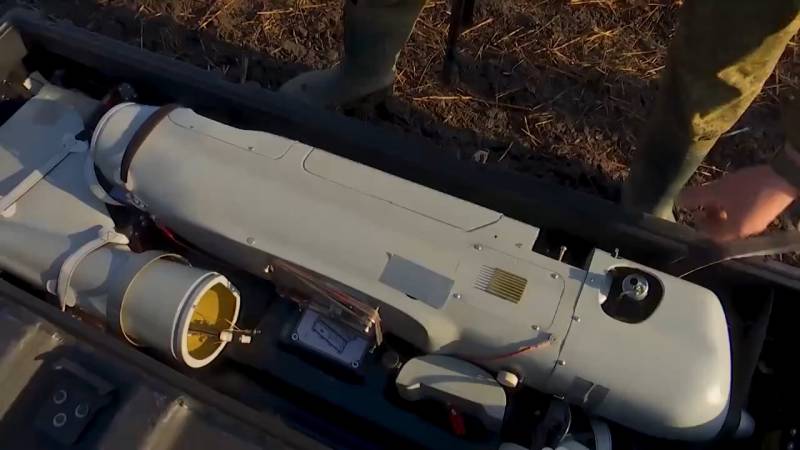
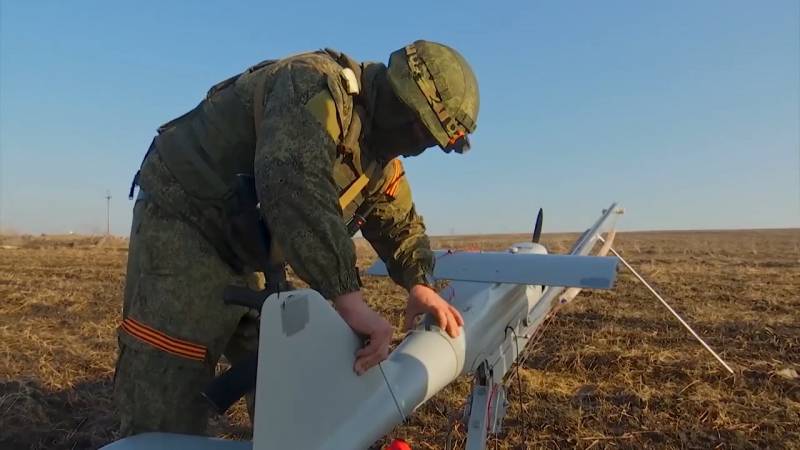
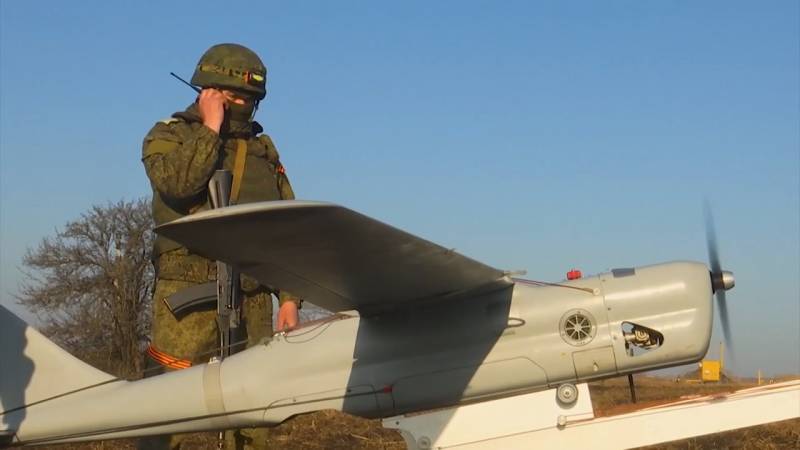
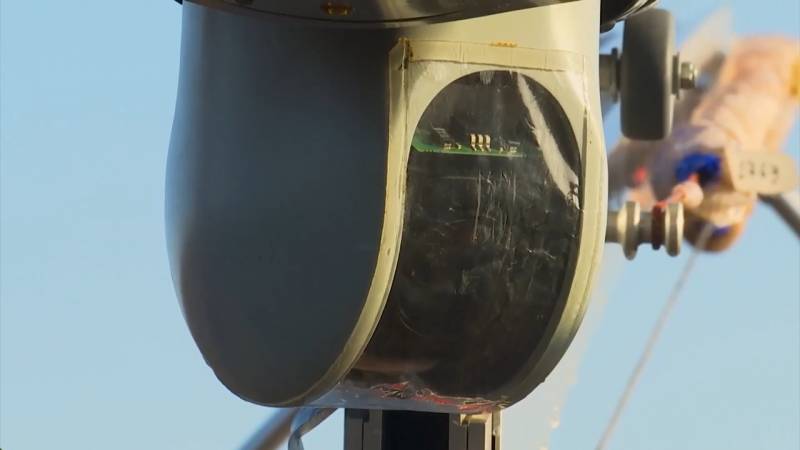
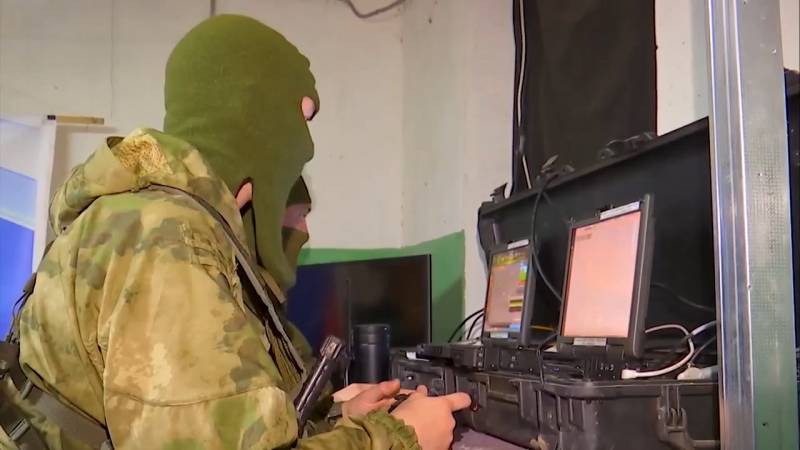

Information